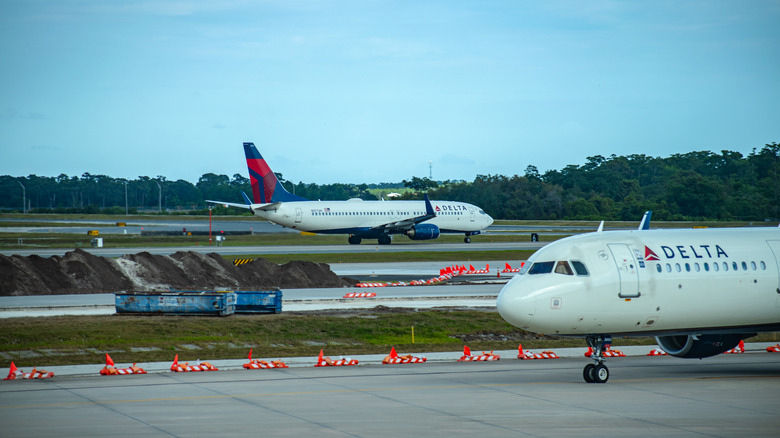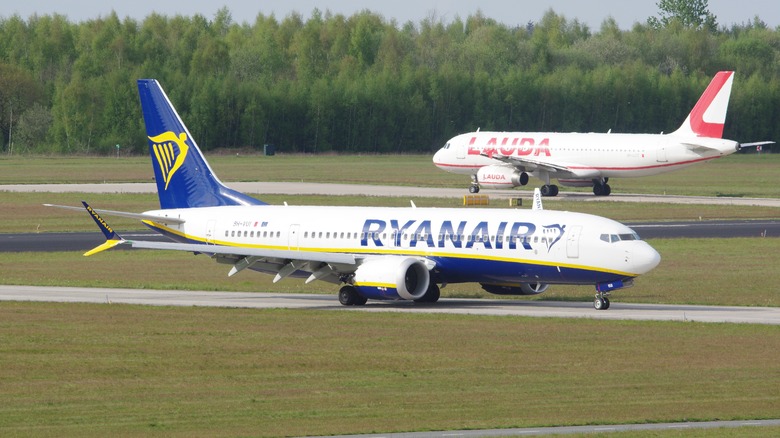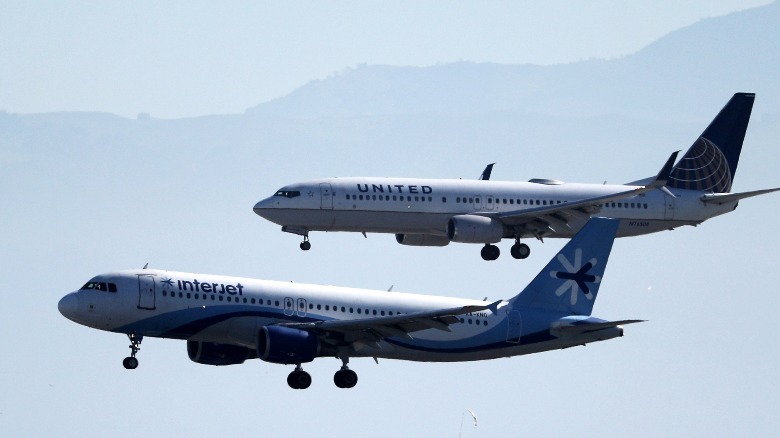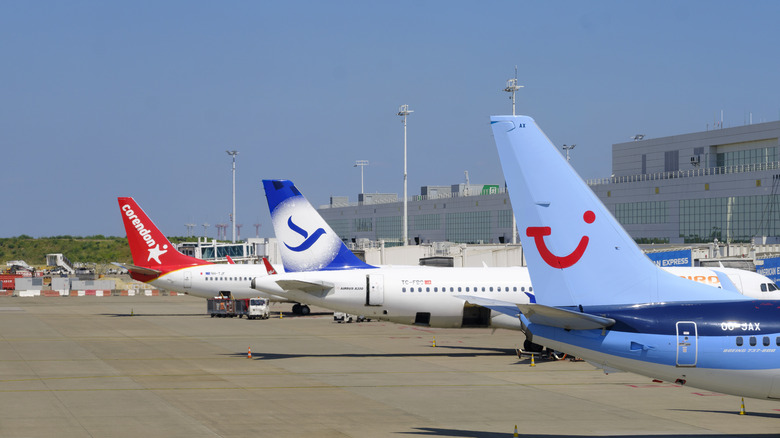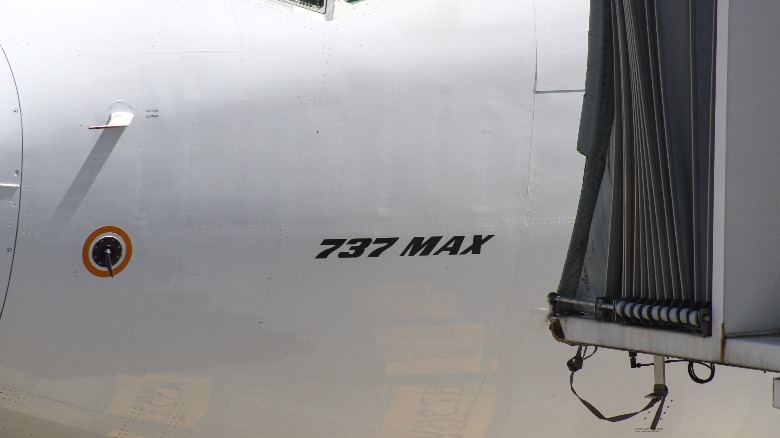Boeing 737 Vs. Airbus A320: How To Tell These Two Planes Apart
If you took a short-haul flight anywhere in the world today, there is a good chance that you traveled in either a Boeing 737 or an Airbus A320. These two planes are the most widely used passenger aircraft currently in service and are a common sight on airports across the world.
Introduced in 1967, the Boeing 737 family is the older of the two. For a long time, it remained the highest-selling passenger jet, with more than 16,583 total orders and 11,829 planes delivered. Despite recent setbacks concerning its safety, the 737 is still a much-loved aircraft among planespotters and aviation enthusiasts.
The Boeing 737's chief competitor — the Airbus A320 — is a relatively newer plane, first introduced in 1988. Despite joining the party later, the Airbus A320 family has grown at a faster pace than the Boeing 737. In 2019 it even surpassed the Boeing 737 to become the highest-selling passenger airliner of all time. As of 2024, a total of 18,684 Airbus A320 planes have been ordered, of which 11,582 have been delivered.
But given how similar modern-day passengers look, it may not be the easiest of jobs to differentiate between these two, especially if you have little to no interest in aviation. Nevertheless, if you are the curious kind and would really not mind checking out the model of the aircraft you're flying in, here's how you can differentiate between the Boeing 737 and the Airbus A320.
How to tell a Boeing 737 apart from an Airbus A320
The easiest way to differentiate between the Boeing 737 and the Airbus A320 is through a quick visual inspection. While these planes may look similar from a distance, a closer look reveals the startling differences between them. If you are in an area where you have a complete visual of an aircraft, take a quick look at the nose of the plane.
The design of the nose of a Boeing 737 is a lot sharper and pointed than that of an Airbus A320. Looking up front, it almost looks chiseled and resembles a pyramid. This is in complete contrast to the Airbus A320, which gets a nose that is much rounder and "bulbous" to look at. You will be hard-pressed to find a straight line on this part of the A320.
If you can't figure out what's what even after looking at the shape of the nose, turn your attention to the cockpit windows. If the aircraft you see has the last glass window in a trapezoidal shape with a distinct vertical kink, you are looking at a Boeing 737. If the last window of the aircraft has a five-sided window with a downward kink from the top, it is an Airbus A320.
Sometimes, you may be standing too close to the aircraft and can't really look at the shape of the nose or the kink of the cockpit windows. In such a scenario, you can take a look at the shape of the engine to know whether you are looking at a Boeing 737 or an Airbus A320. The distinctive feature of the Boeing 737's engines is the flat bottom side. In contrast, the engines of the Airbus A320 are rounder, almost resembling a perfect circle.
Boeing 737 vs. Airbus A320: Other key visual differences
There are a couple of more external design cues that will help you differentiate between an Airbus A320 and a Boeing 737. In case you can't see the nose, the engines, or the cockpit window from your vantage point, take a look at the shape of the tail. On the Boeing 737, the tail joins the fuselage of the aircraft with a distinctive, gradual slope. The tail of the Airbus A320 has a slope, too, but it is much shorter than that of the 737s.
Another way to check the aircraft type while you're standing next to the plane is to check if the airline company has kept the name of the aircraft on the fuselage. This could be written anywhere on the aircraft body. Typically, you will see them towards the rear quarters of the plane, and sometimes below the cockpit windows. Do note, however, that depending on the type of livery chosen by the airline company, this branding could be removed.
Once you get inside the plane, it is not easy to distinguish between the two planes as the seat layout and interiors vary greatly between airline companies. Nevertheless, one easy way to determine which aircraft you're in is to check out the flight safety card in front of your seat pocket. These cards will almost certainly describe the type of aircraft you're in.
There's another way of identifying the aircraft type while inside it. You can look at the cockpit layout and figure out the type of plane you're in. However, given the complexity of the cockpit layout on modern planes, this task is best left to aviation enthusiasts.
